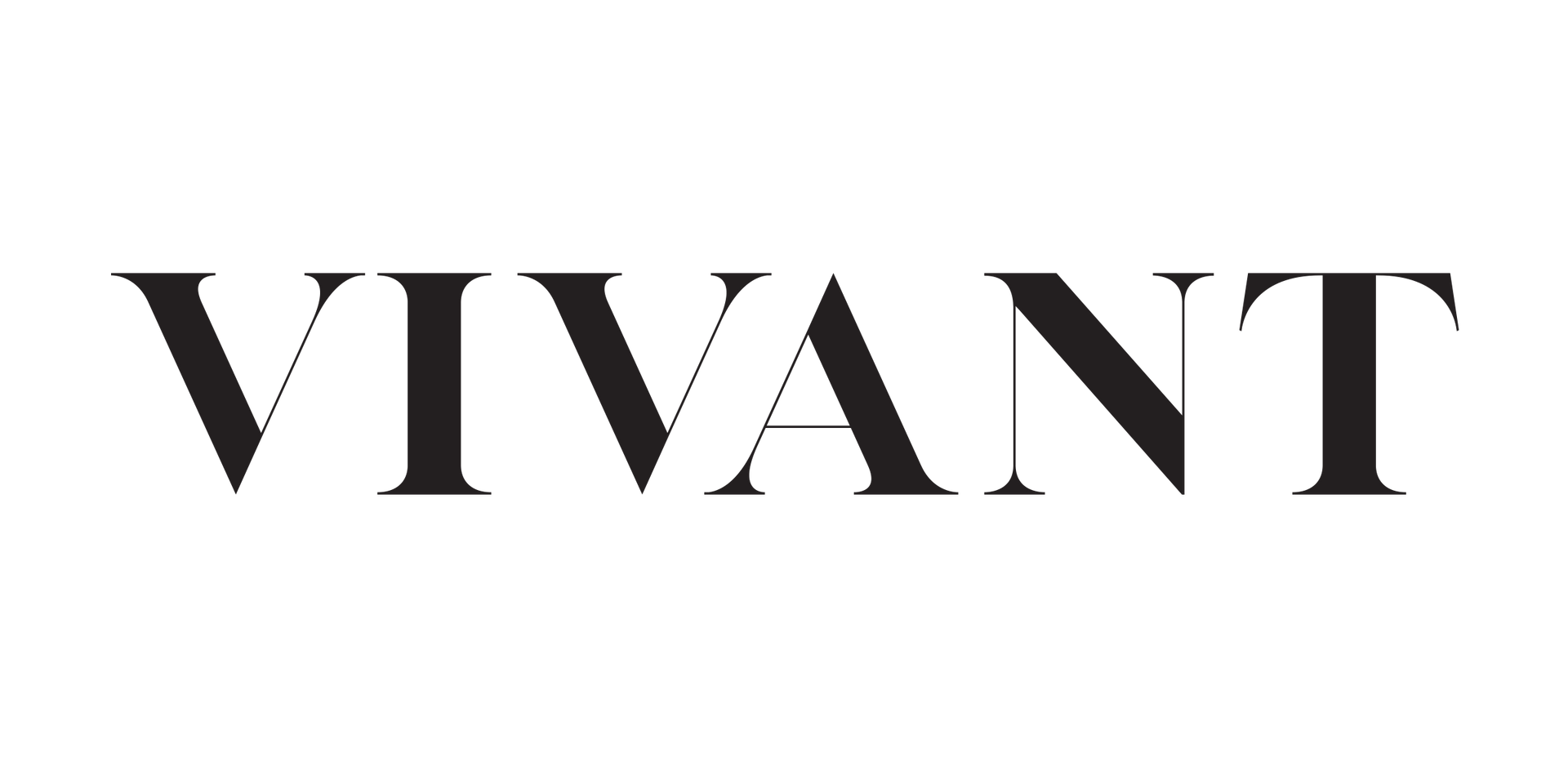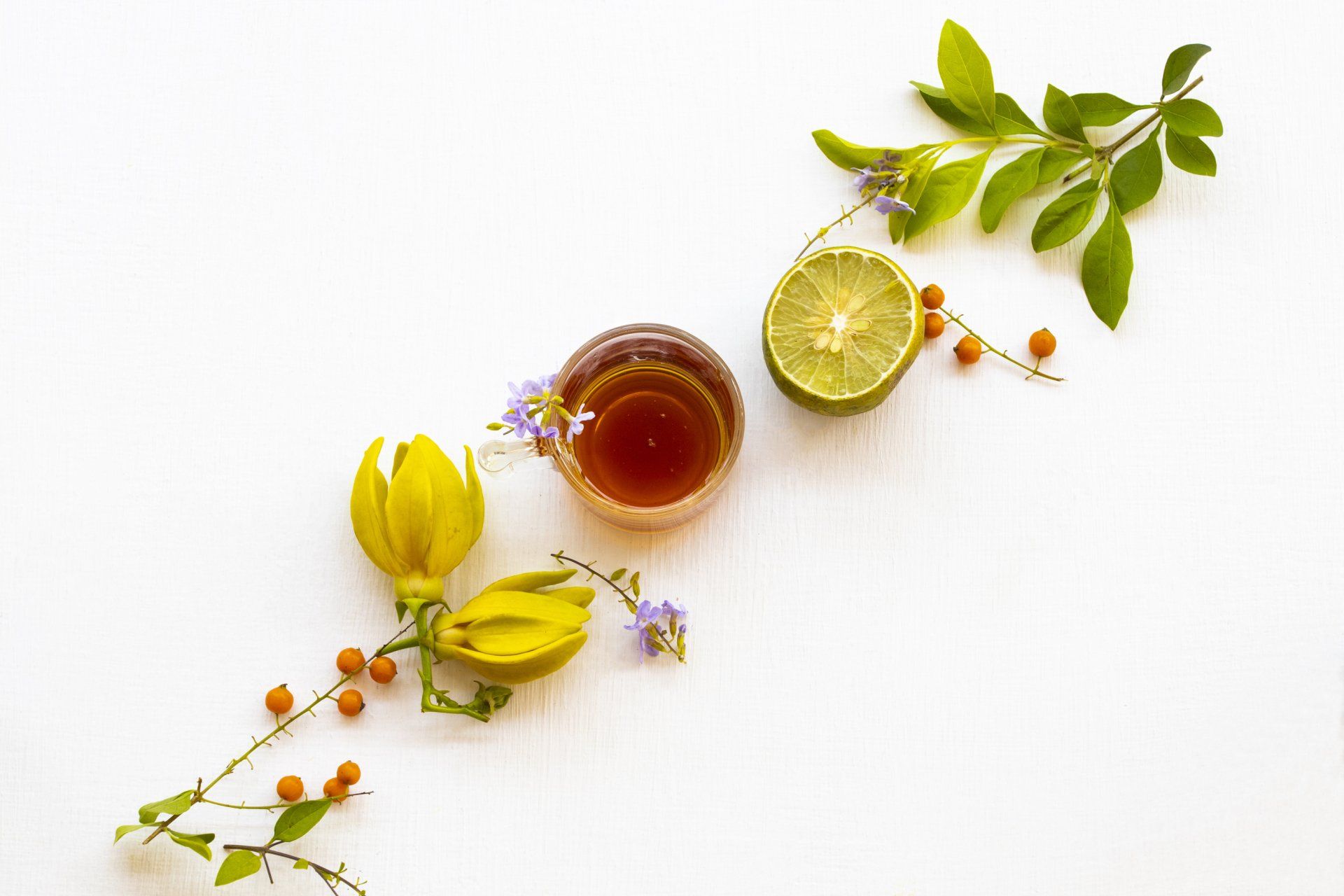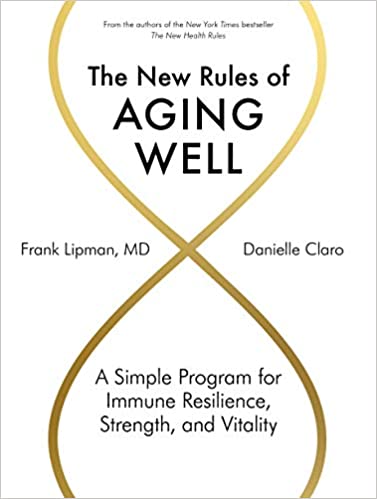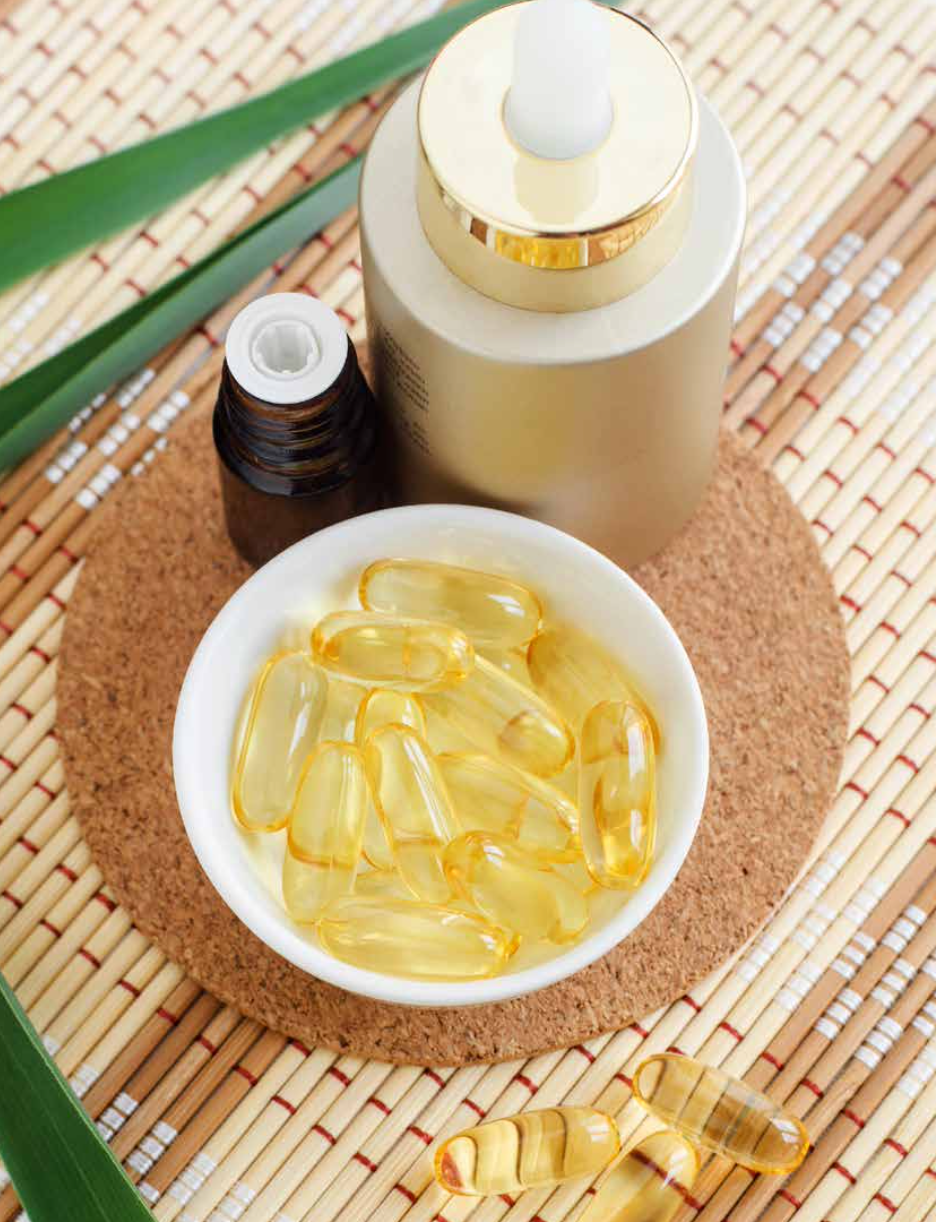5 Ways to Protect Yourself in A Post-COVID Lockdown World
With each passing day, we learn more about the COVID-19 virus and how it behaves. That, in turn, inches us closer to winning the battle against it. But we’re still in the early stages, with many more questions than answers. Regardless, our federal and state governments are forging ahead with plans to re-open various parts of the economy and relax many of the lockdown measures that have helped slow COVID-19’s spread. Though the wisdom of these steps may be up for debate, one thing is not: many people are concerned for their safety going forward.
We’re stepping back out into a world that involves increased risk of exposure to the virus we’ve all been trying to avoid. Exactly how much risk is unclear, but safeguarding health during the re-entry process is all about prevention. And prevention is not only about continuing to engage in behaviors that we know help keep a lid on the spread of the virus and avoiding the ones that don’t. Just as important, if not more so, is fortifying your body against the scourge now, before an anticipated viral surge in the fall / winter.
If you're waiting around for some miraculous, mythical ‘fast-tracked’ vaccine, it could be a long wait– at least, for one that’s reasonably safe, effective and doesn’t trigger a host of devastating side-effects. So, we need rational protection right now, and it’s up to us as individuals. To get started on a healthy, natural, self-inoculation path, here are the essentials to reduce risk right now and during the months, to come:
COVID-19 flies with the greatest of ease.
To keep the virus at bay, it helps to understand the basics of how a coronavirus like COVID-19 spreads. The average sneeze or cough releases hundreds of thousands of virus-laced droplets into the air. Even breathing, speaking loudly or singing can send thousands of droplets, both large and microscopic, flying through the air, leaving behind viral ‘clouds’ that, by some estimates, can linger for 15 minutes or more. So, it’s easy to see how the virus can land on other people, as well as nearby surfaces, regardless of whether or not the person who launched the droplets (who may be asymptomatic and not taking special precautions) is still on scene. How far the viral particles travel and how long they linger will be influenced by things like the force of a cough or a sneeze (some particles can hit 200 mph), how good or bad the ventilation is and which way the proverbial wind is blowing.
Contain yourself. Should you cross paths with a cloud of viral particles, researchers believe that it doesn’t take much – possibly as little as a few thousand or even a few hundred – to infect you and make you sick. Though we don’t yet know the exact number of COVID-19 particles that constitute the minimal infectious dose, we do know that a number of outbreaks have been traced to events like church services, funerals and family celebrations, where one asymptomatic person in relatively close quarters sickened many others, sometimes fatally.
When it comes to COVID-19, it’s believed the bigger the viral load you’re exposed to, as in, the more particles that find their way into your system, the more severe the symptoms of the disease. So prolonged exposure is very likely to make matters worse. While a quick trip to the pharmacy would be considered fairly low risk, a full day of work in a multi-person office or manufacturing plant is not, far from it. But low risk or high, keeping the virus out is paramount, which is where masks come in. When you wear one, you’re primarily helping to prevent any virus you’re harboring (unknowingly, if you’re asymptomatic) from infecting others, but you’re also creating somewhat of a physical barrier between yourself and the viral droplets (large or small). Another mask-wearing bonus: you’ll be a lot less likely to transfer viral particles from your hands into your nose or mouth!
Get in, get out.
So, what do those viral clouds mean in the real world? In enclosed spaces, even with social distancing, it means increased risk for contagion, so the modern ‘open plan’ office is a major concern. If you’re one of the millions who are being called back to work in an office, at a time when a COVID-laced sneeze or two can potentially infect most of the room, insist on finding out what protocols management will be implementing to minimize infection risk. In addition to work-from-home options and flexible hours, on-site basics like increased physical distance between colleagues; physical barriers; upgraded sanitizing procedures; upgraded ventilation/airflow; ending the practice of ‘hot desking’ and making masks mandatory for all – are a good place to start.
Workday wisdom.
As we return to our office towers and public transportation, masks and gloves are simple and effective barriers that will go a long way in keeping you safe from viral invaders so use them without fail (style be damned). If you need a bit more peace of mind, you might also consider wearing safety glasses to prevent particles from entering through the eyes, either directly (yes, you get sneezed on) or indirectly, by rubbing your eyes. Keep spare masks, gloves and eyewear in sealed plastic bags and store in your desk drawer or in briefcases and backpacks so you’re not caught short.
If your commute is a manageable one, instead of taking the bus or train, consider walking, biking or using a scooter to minimize exposure to both asymptomatic and symptomatic commuters and infected surfaces along the way.
At the office, dispense with hand-shakes, fist bumps, elbow bumps and business card exchanges, and always maintain social distance. Keep in-person meetings to a minimum or, when feasible, consider conducting meetings outdoors, where distancing, sunshine and breezes can help minimize exposure. Why step outside? One small preliminary Japanese study recently found that risk of transmission indoors was almost 19 times higher compared to an outdoor environment.
Indoors, be conscious of shared office equipment and high-touch surfaces: break room fridges and microwave handles; coffee-making equipment; door handles; elevator buttons; shared printers; copiers, etc. – and thoroughly wash hands (gloved or not) every chance you get, turning faucets on and off with paper towels as a barrier to help prevent infection.
Start self-inoculating with healthy habit integration.
With obesity, high blood pressure and heart disease being closely associated with poor COVID-19 outcomes, I cannot stress enough how important it is that you take your nutrition seriously, and work on getting those issues under control now. If you’ve made it through this first wave unscathed, that’s great, but you may not be so lucky when the next COVID-19 wave likely returns in the fall. And if you’re already on a healthy path, now is the time to upgrade a bit more. The more you can fortify your body, the better equipped it will be to repel the viral invaders. Here are a few essential tweaks to start with:
· Manage your stress, with meditation moments throughout the day, and restorative yoga before bed. · Support your mental health, which will in turn support physical resilience.
· Move more, walk more. Workout when possible, just don’t overdo it and undermine your immunity. · Get a few minutes of morning sun, to help regulate sleep/wake cycles, and to get a dose of vitamin D. · Retrain yourself to sleep well, to give your body the time it needs to repair, restore, and become more resilient.
· If you snore, periodically wake up choking or gasping, or find it hard to remain asleep during the night, get checked for sleep apnea, which disrupts sleep and can weaken the heart which can have dire, even fatal consequences.
· Purge processed foods and sugar! · Ditch 'vegetable oils (including canola oil) and switch to healthier fats to cook with. · Load up on immunity-boosting, delicious medicinal foods, rich in phytochemicals, antivirals and antifungals. · Pour on spices with medicinal benefits. · Get into intermittent fasting and practices that encourage immunity-boosting autophagy. · Strengthen immunity with supportive botanicals and nutraceuticals like curcumin, quercetin, N-Acetylcysteine, zinc, vitamins C and D and elderberry.
By Frank Lipman, MD
Recognized as a vocal pioneer of integrative and functional medicine (or what he calls “good medicine”), Dr. Frank Lipman is the founder of Eleven Eleven Wellness Center and the Chief Medical Officer at The Well. He is the best-selling author of five books—How to Be Well, The New Health Rules, Young & Slim for Life, Revive and Total Renewal—as well as a sought-after international speaker. Dr. Lipman has been featured in The New York Times, Vogue, Women’s Health, New York Magazine, and O, The Oprah Magazine, and has appeared as a guest on TODAY, Extra, and The Dr. Oz Show. His newest book, The New Rules of Aging Well: A Simple Program for Immune Resilience, Strength, and Vitality,







